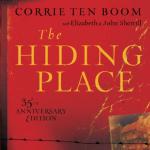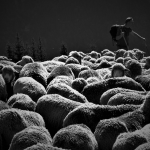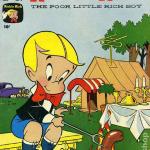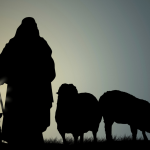GODSTUFF
HOLY HULA: SWAYING THROUGH THE CHAOS
Until last week, most of what I knew about hula dancing came from the three-part “Brady Bunch” episodes from 1972, when Mike and Carol brought their blended family to Hawaii for a vacation, and a memorable late-night dinner I once shared with Don Ho and his Polynesian entourage at Smith & Wollensky’s steakhouse a decade ago after his gig at the House of Blues.
I had little sense of the spirituality attached to the dance before sitting in on a hula class at the Zen Community of Oak Park, where the instructor — the kumu hula, as she’s known in Hawaiian — June Kaililani Ryushin Tanoue helped me connect the dots between the swaying hips, languid arms and the holy.
Tanoue, who with her husband, Abbot Robert Joshin Althouse, founded the Zen community in a rambling Victorian home on Oak Park’s north side four years ago, has been teaching the hula since 2000. She has about 12 students in Oak Park, where she turns the front meditation room of the Zen community into a halau (or hula school) twice a week. She also has 20 students in New York City, where she travels once a month to teach in Lower Manhattan.
Over the summer, the Oak Park Zen Community consecrated a vast hula mound Althouse built in the back yard — two large, enjoined grassy knolls that together form the shape of a yin-yang symbol. In fairer weather, that’s where the community’s hula dances will be performed.
A native Hawaiian who was raised for a time as an Episcopalian and met her husband while they were both students at a Southern Baptist college, Tanoue has been studying Zen for about 15 years.
“Hawaiian spirituality is in some ways opposite of Zen because there are in excess of 40,000 gods and goddesses” in its pantheon, she explained. Every tree, stone, body of water and other earthy phenomena has an accompanying deity in the Hawaiian spiritual tradition.
Zen, on the other hand, is nontheistic. It is a path, not a religion. I once heard the Buddhist tradition described this way: Zen is the finger pointing at the moon, not the moon itself.
The songs, chants and dances of the ancient hula, which is what Tanoue teaches, tell stories of the deities and celebrate noble Hawaiians of antiquity. There is a spirit in the dance, she said, that complements, rather than competes with, her Zen practice. “The sacred is how we treat our experiences, how we’re open to them,” Althouse said. “We don’t create something sacred. We find it right where we are by the way we deal with experiences. I think hula is very much an expression of that, and obviously, I also think that Zen is a way to access that.
“Hula’s operating on a lot of different levels, metaphorically and psychologically. It’s very hard to pin these things down, but when you see it, you recognize it,” he said.
Tanoue doubts many of her Oak Park students think of the hula as any kind of spiritual practice.
“You really have to know the form before you can really be the dance,” she says.
Still, watching a half-dozen women of different ages and backgrounds practice arm, hand and foot steps last week, there was a palpable sense of the sacred in the room.
They were learning the kahiko (ancient hula) called Ke Ha’a la Puna, which means “Puna is dancing.”
Puna is the beach on Hawaii’s Big Island where lava flows meet the ocean, known as Nanahuki. “The ocean is wild there,” Tanoue said. “The Hawaiians used to go there to be inspired, to write chants, to dance. It’s a place of inspiration.”
The dance tells the story of Hiiaka, the baby sister of Pele, Hawaii’s goddess of fire, who’s being taught to dance by her best friend, Hopoe, a mortal.
As her students danced, Tanoue accompanied them vocally, first a capella and then while thumping the traditional Hawaiian instrument called the ipu heke, a double-headed gourd.
“Ha’a ka wahine, Ami (oni) i kai o Nanahuki la,” she chanted, meaning, “The woman dances down by the seat of Nanahuki,” as the women tried to get the subtle hand motions and footwork just right.
“The dance is saying to dance with delight at the beach at Nanahuki, or in the water — the ocean of life,” Tanoue said.
To dance with delight in the midst of turmoil. In the wild uncertainty of the sea and amidst the sacred messiness of life.
“Like now, for example,” she said, referring to the tense climate we’re all living in right now, with economic, political, societal and spiritual uncertainty all around.
“It’s a good example of transforming something by approaching it with a lightness of heart,” Althouse added. “Having joy in the midst of chaos.”
Amen and Aloha.















